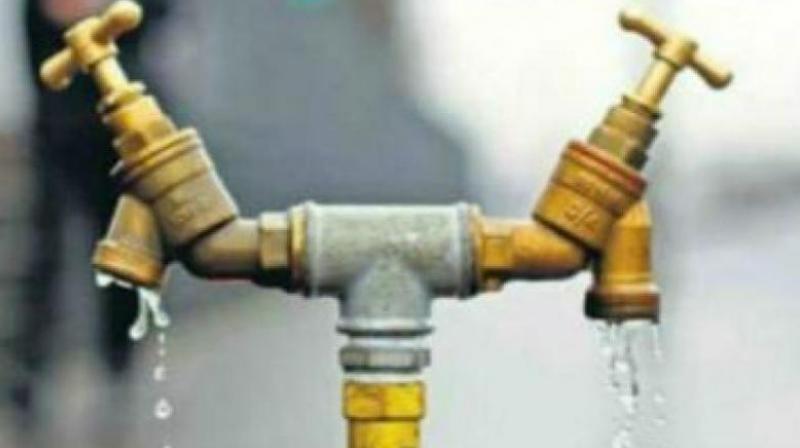Fluoride crisis haunts 1,028 Telangana habitations

Hyderabad: As many as 1,028 habitations across the 31 districts of Telangana state have no access to safe drinking water which is one of the highest in the country and much higher than the 352 habitations in Andhra Pradesh. The state has about 25,000 habitations in all.
This was revealed by the National Health Profile of the Union ministry of health. Data showed that most of the drinking water had excessive fluoride levels which can lead to dental and even even skeletal fluorosis.
With safe drinking water essential for health, the report shows how crucial it is for habitations to be provided with the same. West Bengal and Rajasthan have also found themselves on the top along with Telangana state for the most number of habitations without access to drinking water.
The long-term ingestion of large amounts of fluoride though drinking water can cause the bone structure to change and ligaments to calcify, resulting in impairment of muscles and pain.
Dr T. Unnikrishnan, a senior general physician, said, “It is more easy to identify dental fluorosis as it can clearly be noted by the staining and pitting of one’s teeth but there is a chance that the enamel may also be damaged, especially if the water is used for drinking from a very young age.” He said that in the case of skeletal fluorosis, fluoride gets accumulated in the bones and it causes stiffness and pain in joints. Dr Unnikrishnan stated that reports have claimed that high exposure to fluoride can cause nausea and vomiting along with muscle spasms and even seizures.
The after-effects of ingestion of fluoride also depends on the person’s diet and the body’s ability to discard the fluoride.
Many complaints have been written to the Chief Minister stating that residents are drinking “poison” as they have no alternative and that their food including fruits, vegetables and grains grown in their fields are all tended by this flouride water, states an official from the rural water supply office.
As per World Health Organisation guidelines, the upper limit for fluoride content is 1.5 mg in a litre of water, but it ranges from 10 to 15 mg in most districts. The report also states that rural habitations are not able to remove fluoride from their drinking water because of the cost of the process.
Since most of these districts do not have an assured supply of safe water, they have to defluoridate the locally available water by using bone charcoal and contact precipitator. While the former is a adsorbent, the latter absorbs fine particles.
Residents are placing their hopes on Mission Bhagiratha which is expected to provide safe drinking water across the state with a special emphasis on the worst-affected fluorisis-hit district of Nalgonda where people have been suffering for long.
“We hope each household gets safe drinking water. Nalgonda is frequently mentioned because of the number of families suffering from fluorosis. Many other districts also have same problem,” said an official.

